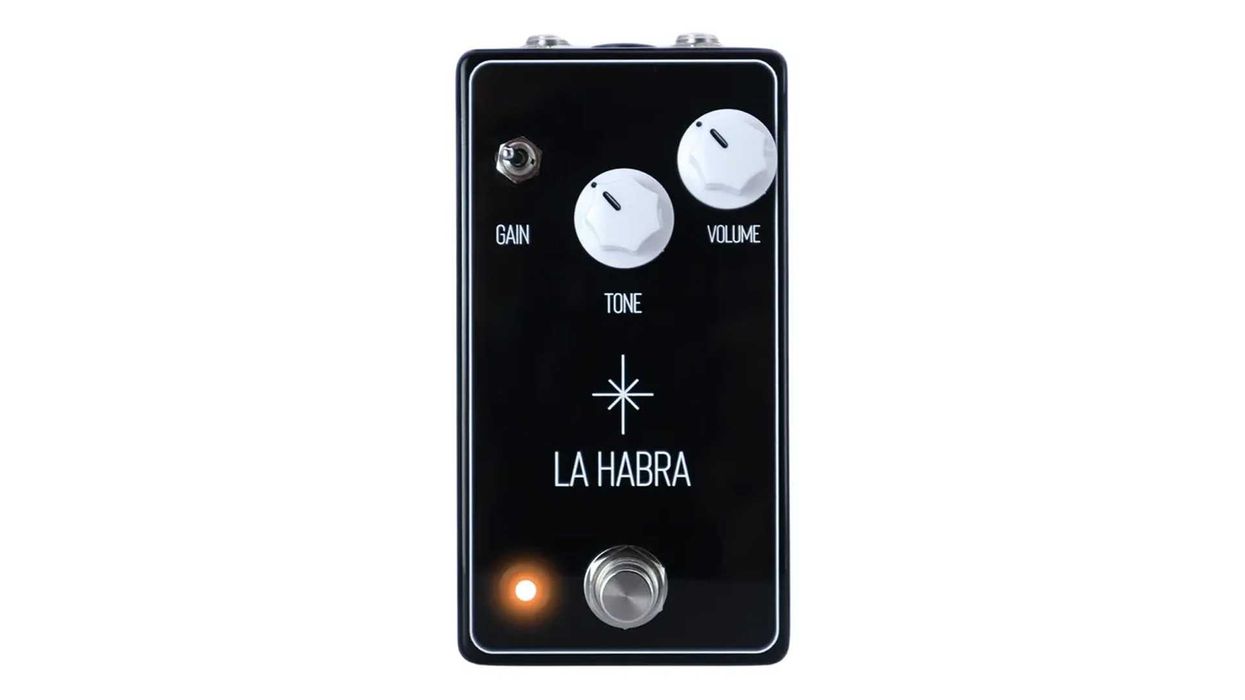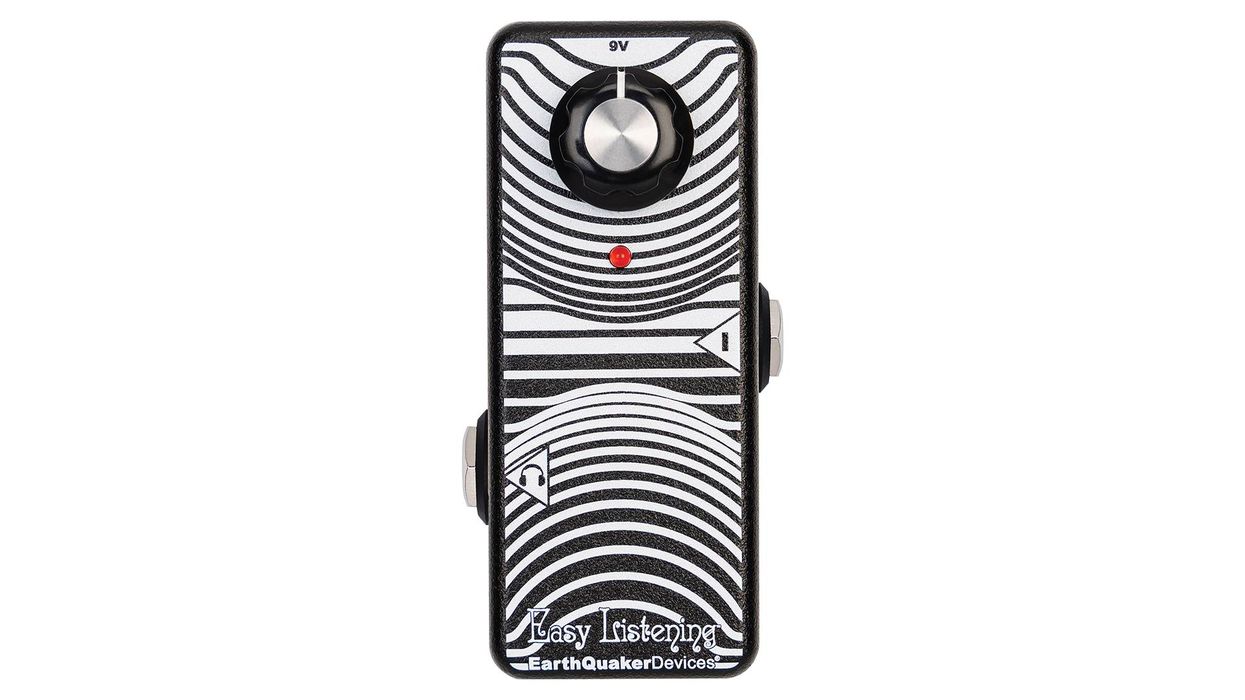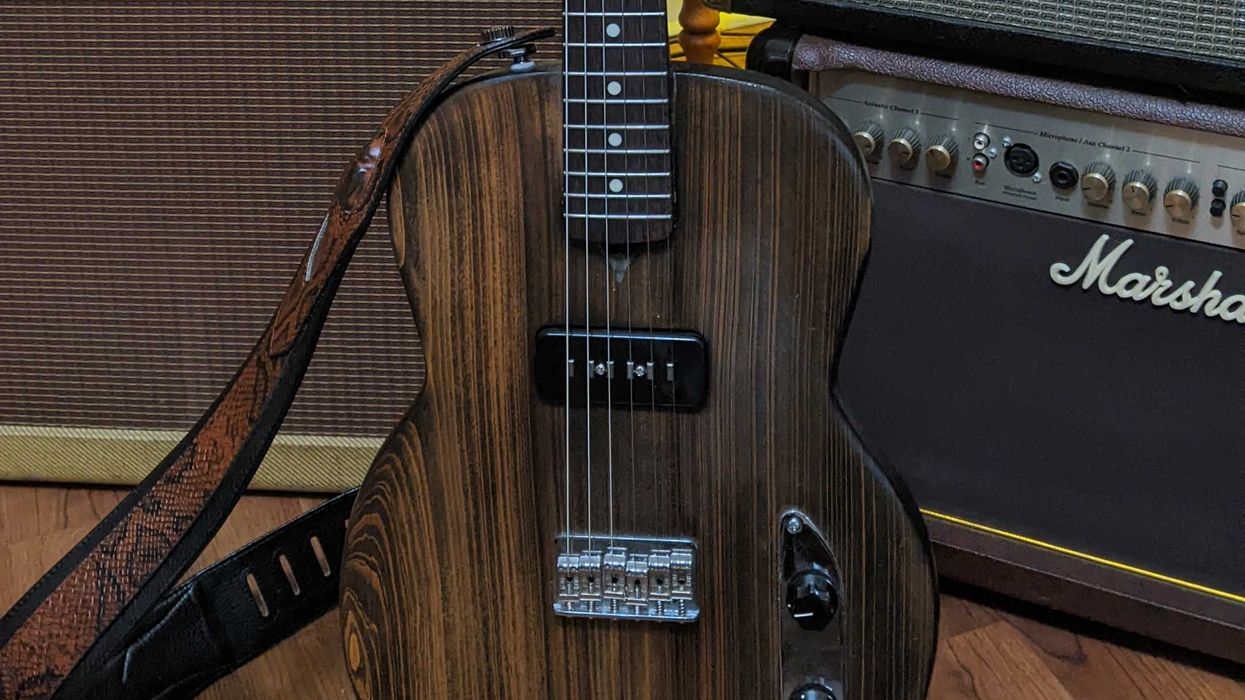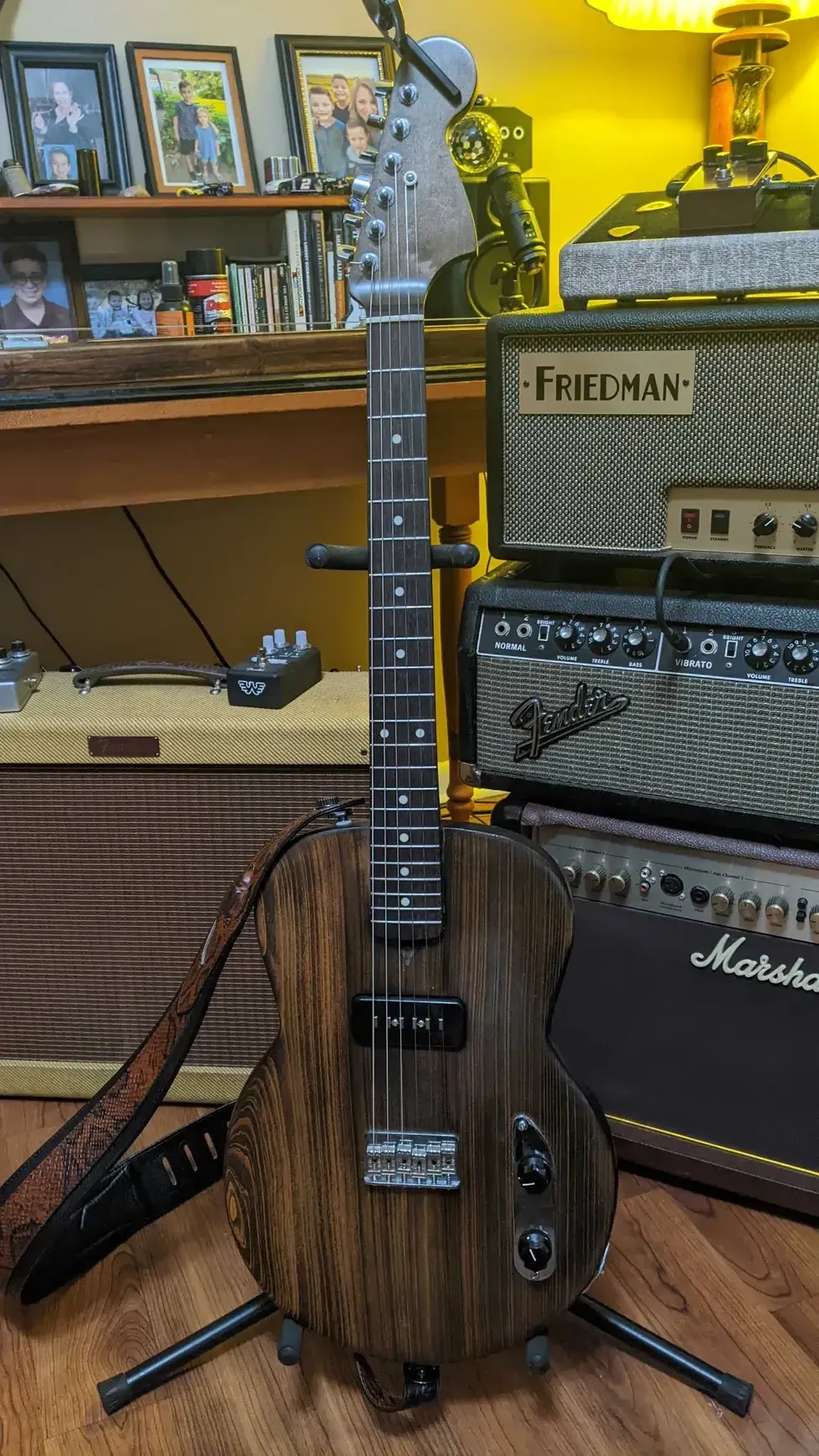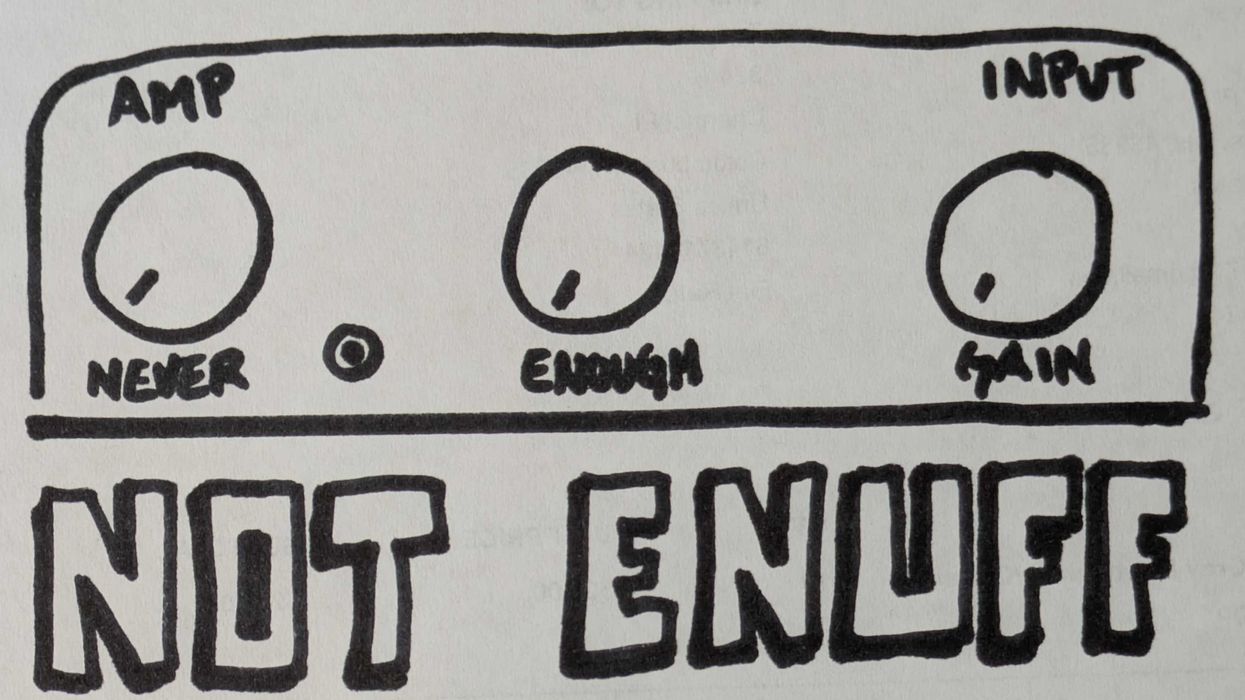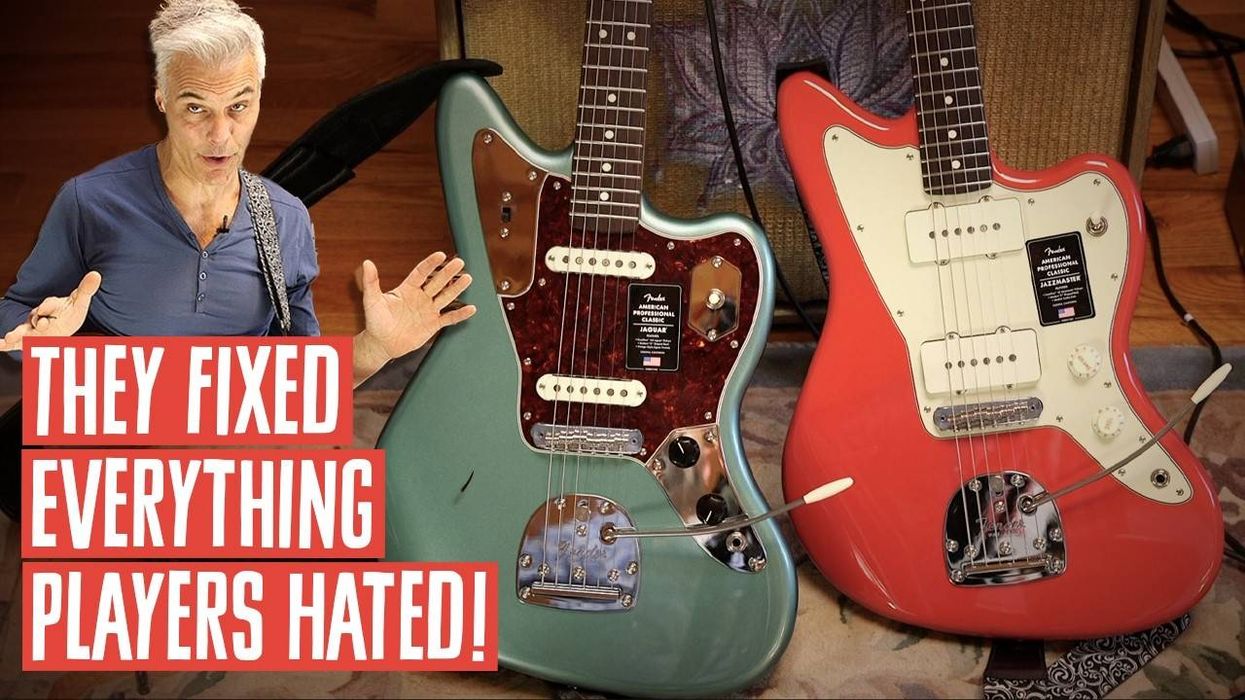Here at PG, us editors are constantly (and willingly) submerged in the currents of new music. As a result, we may be highly at risk of fancying ourselves worldly eclectics, with ears attuned to what makes an artist singular or innovative. Of course, it can in fact be those artists that seem the most deserving of year-end recognition, but on the other hand, we do simply enjoy celebrating the music we like, and even love. And so, the following is a collection of our individual picks of the music that came out in 2023 that we liked, loved, and admired the most.
Luke Ottenhof - Assistant Editor

Fust - Genevieve
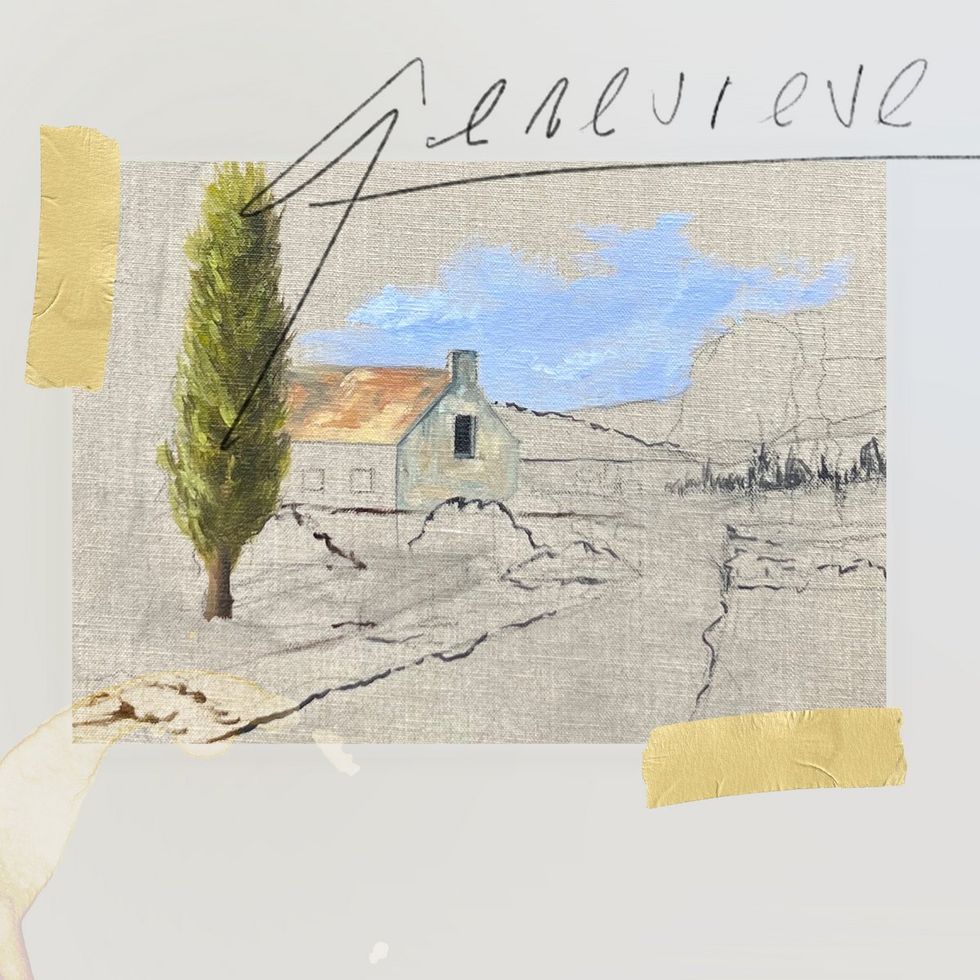
Genevieve came to me late in the year by way of a dear friend, and quickly raced to the top of my most-listened-to this year. The opening track, also the title track, is sawdust-flaked alt-country perfection—vocalist Aaron Dowdy’s gentle drawl is so pleasantly unremarkable and everyman-ish. Like “Genevieve,” “Trouble” and “Violent Jubilee” are just brilliantly drawn songs that somehow hang around for just the right amount of time. Few bands have the skills and intuition to interpret decades of influences and write tracks that still feel vital and compelling. As Genevieve evidences, Fust has both in spades.
Must-hear tracks: “Genevieve,” “Trouble,” “Violent Jubilee”
The Dirty Nil - Free Rein to Passions

It’s a big, loud, fun-as-hell punk-rock record. The Dundas, Ontario trio just keep turning out record after record of delightful, gnarly riffs and huge hooks. Free Rein to Passions brings a sharp thematic juxtaposition to that formula: Frontman Luke Bentham bounces between youthful anarchy (“Blowing Up Shit in the Woods,” “Stupid Jobs”) and grown-up nihilism (“Atomize Me,” “The Light, the Void, and Everything”). What’s it all mean? Bentham, Les Paul squealing through a Plexi stack, has an answer: “Shut up, baby: nothing at all.”
Must-hear tracks: “Blowing Up Shit in the Woods,” “Stupid Jobs,” “Atomize Me”
Shane Ghostkeeper - Songs for My People

Calgary’s Shane Ghostkeeper put out a thrilling indie-rock record with his band Ghostkeeper last year, then followed it with an equally exciting full-length of country music that two-steps handsomely between old-time honky-tonk arrangements and chemically altered psychedelic. The playing is sharp and the composition is just adventurous enough, but Songs for My People’s strongest asset is Ghostkeeper’s storytelling, like on “Hunger Strike,” sung from the point of view of his grandfather, who starved himself to death to be reunited with his wife. It sounds bleak, but through Ghostkeeper, it’s beautiful stuff: “Get yourself dolled up, honey I’m coming up!” he hollers on a celebratory, boot-scootin’ refrain.
Must-hear tracks: "Hunger Strike," "I Know How," "One More Name"
MSPAINT - Post-American
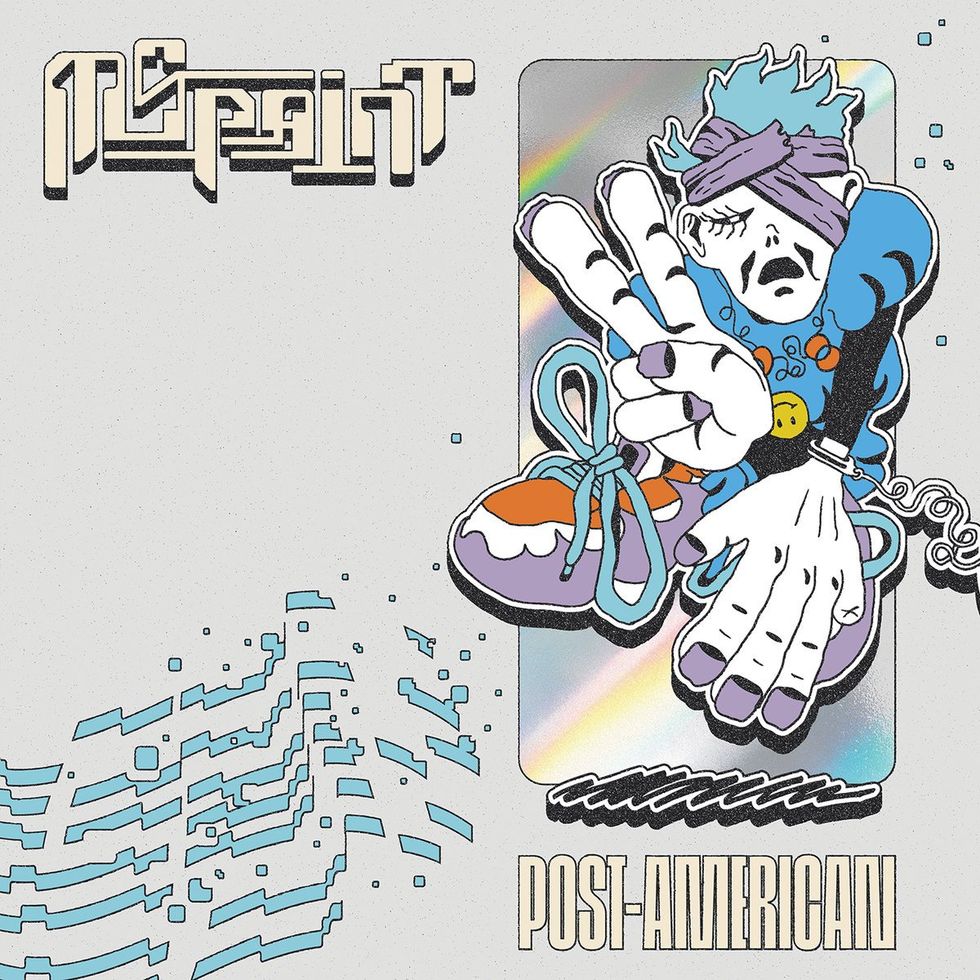
Hattiesburg, Mississippi’s MSPAINT is one of America’s most compelling acts, and one of 2023’s best success stories. Post-American, the band’s debut record, feels like Rage Against the Machine for a new generation: a brutal, confrontational, extremely activated smash-up of post-punk, new wave, dance, rap, and suddenly back-in-style ’90s alt-rock. But where Rage’s operative emotion was, well, rage, MSPAINT’s disgust with the world is balanced with earnest, desperate pleas for hope and joy and softness at the end of the empire: “I, I, I just wanna, wanna feel more alive,” vocalist Deedee bellows on the instant-classic chorus of “Delete It.”
Must-hear tracks: "Delete It," "Hardwired," "Flowers from Concrete"
Kate Koenig - Managing Editor

L’Rain - I Killed Your Dog

The meaning of “progressive” in music changes every day, and what might be objectively innovative can often arguably be more entertaining cerebrally than it is artistically. With I Killed Your Dog, multi-instrumentalist songwriter L’Rain has composed something that both fits the vanguard qualifier and proudly defies that pitfall. Carried by gentle vocals and amorphous, oceanic synthesizers, and touched at times by phrases and bursts of clean and distorted guitars, the album’s summed acoustic throughline is a fresh path through the realm of experimental music. And honestly, I love every beat of it. Shoutout to my dear engineer friend, Kevin Ramsay, who from what I can tell is legally required to recommend gold and only gold, for pointing me in its direction.
Must-hear tracks: “I Killed Your Dog,” “r(EMOTE),” “Uncertainty Principle”
feeble little horse - Girl with Fish

The art that is loved by young people, that which inspires those to whom the elation of discovery is the most abundant and accessible, is not just felt deeply in a state both liminal and ephemeral, but is integral to the culture of every space they occupy. In other words, I’m really glad that my 17-year-old former guitar student told me about Girl with Fish. Mostly, I find this lo-fi-bedroom-grunge-twee record comforting. It’s just music that I like, and it’s good to hear more of that. You’ll hear beds of distortion that provide a space for vocalist Lydia Slocum’s words to rest—words sung with a voice that sounds like it’s carefully trying to pick up a kitten, but also like it belongs to a friend who gives great advice. There are some subtle chiptune synths and others that sound like modulating wind-up toys, and even a bit of screaming. All of it adds up to feeble little horse’s intricately assembled lo-fi finesse.
Must-hear tracks: “Tin Man,” “Slide,” “Healing”
Bernie Worrell, Cindy Blackman Santana, John King - Spherical

Instrumental funk/blues is a far cry from the sounds I normally gravitate towards, so I implore you to take this recommendation seriously when I say this record pulled me in, whipped me around, and set me back down with a new haircut and somebody else’s irises. Featuring the late Bernie Worrell of Parliament Funkadelic on Hammond B3, Clavinet, and Mini-Moog, Cindy Blackman Santana on drums, and John King on electric guitar, the utter trips heard on Spherical were tracked in 1994 and unearthed by King from a box of old CDs and cassette tapes 29 years later. So, let’s all write King a thank-you note? Because from the intergalactic “Unfunkingstoppable” to the triumphant “Sonny’s Hand,” these grooves will squeeze you through an astral Rubik’s Cube, and you won’t even have to beg.
Must-hear tracks: “Stomp-time Shuffle,” “Auguries,” “Sonny’s Hand”
2024 Wish List
Hey, wish granted! Sleater-Kinney’s Little Rope is coming out in January. But on an entirely different note, where is Fleet Foxes and what are they doing? Excuse me, Robin, but please reroute your Shore Tour ’24 and make me a new album. Would also be cool to hear something fresh from BROCKHAMPTON.
Ted Drozdowski - Editorial Director

Anthony Pirog - The Nepenthe Series Vol. 1

Anthony Pirog is one of the most versatile, imaginative guitarists alive. His stage performances are thrilling and his recordings range from raging to sublime—whether with the Messthetics and Five Times Surprise, in a Tele tag team paying tribute to Danny Gatton (the Spellcasters’ 2019 album Music from the Anacostia Delta), or in interstellar overdrive—which is the mood often caught on this album. These eight duets and a solo piece are a primer in contemporary creative guitar, matching Pirog with Nels Cline, John Frusciante, Andy Summers, Brandon Ross, Wendy Eisenberg, and other cutting-edge 6-stringers, as well as the cellist Janel Leppin. These reverb-and-delay-soaked soundscapes travel from soothing to chilling, and offer an extraordinary education in the use of time-based and modulation effects, evoking the late master Sonny Sharrock’s quest to “find a way for the terror and the beauty to live together in one song.” Here, they are also breathing in sync.
Must-hear tracks: “Ripples,” with Nels Cline; “Aurora,” with John Frusciante; “Inflorescence,” with Andy Summers; “Glowing Gestures,” with Janel Leppin; and “Cirrus,” with Brandon Ross.Buddy and Julie Miller - In the Throes
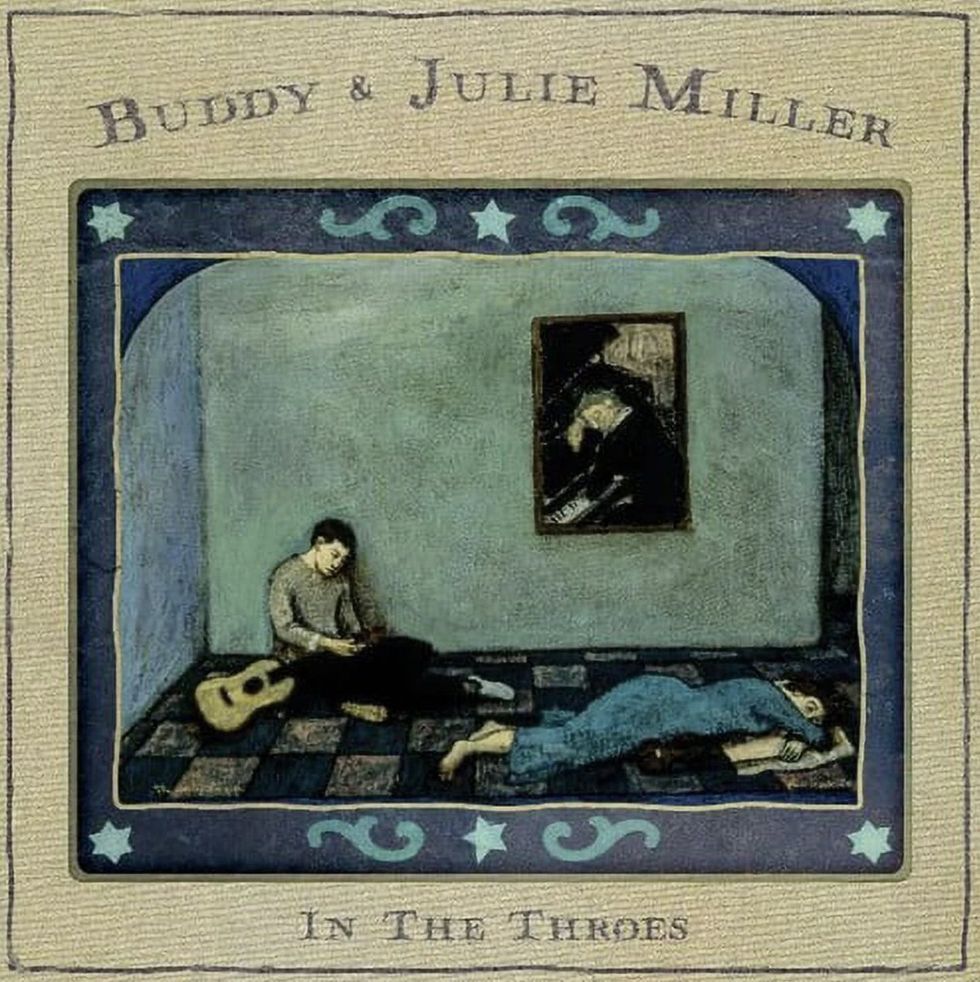
Buddy Miller has been one of my favorite guitarists for nearly two decades, conjuring delightful and often unpredictable tones behind a wealth of artists, from Emmylou Harris to Alison Krauss and Robert Plant to Levon Helm, Elvis Costello, and dozens more, as well as on his own solo recordings. But some of this most entrancing work has been with his wife, Julie, who is as distinctive a singer and songwriter as they come. Their latest album is an example of the kind of magic that occurs when two artists who love each other also share the love of music. It’s delightful, warm, wholehearted, and, at times, wholeheartedly odd in a good, playful way. Gospel, romance, truth-telling, and raw strangeness power their collaboration, and through it all Buddy’s guitars are proof that roots music needn’t be tame or predictable to be authentic, and authentically brilliant.
Must-hear tracks: “I’ve Been Around,” “In the Throes,” “The Painkillers Ain’t Workin’,” and “The Last Bridge You Will Cross.”
PJ Harvey - I Inside the Old Year Dying

Set in Dorset, a coastal region in southwest England, this song cycle is inspired by Polly Jean Harvey’s book-length poem, Orlam, about a young girl coming of age in a rural world that’s part countryside idyll and part hallucinogenic space warp. The colorful animism and local dialect inject elements of charm and wonder into Polly Jean’s folk-rock arrangements. This album is more a vision of the artist as a storyteller than rock idol‚ although she’s certainly still both, and, as such, seems full of refreshed inspiration. And while her longtime collaborator John Parish is on board, so is musical auteur Flood, who shepherds the samples, loops, field recordings, and noises that widen the album’s sonic palette, enhancing its otherworldly atmosphere. If this sounds intriguing, or if you already love this album, watch the October 2023 PJ Harvey concert from the Olympia, in Paris, on YouTube to see its artful live performance.
Must-hear tracks: “Lwonesome Tonight,” “I Inside the Old I Dying“ (check out the video, below), “All Souls,” and “A Child’s Question, July.”
mssv - Human Reaction
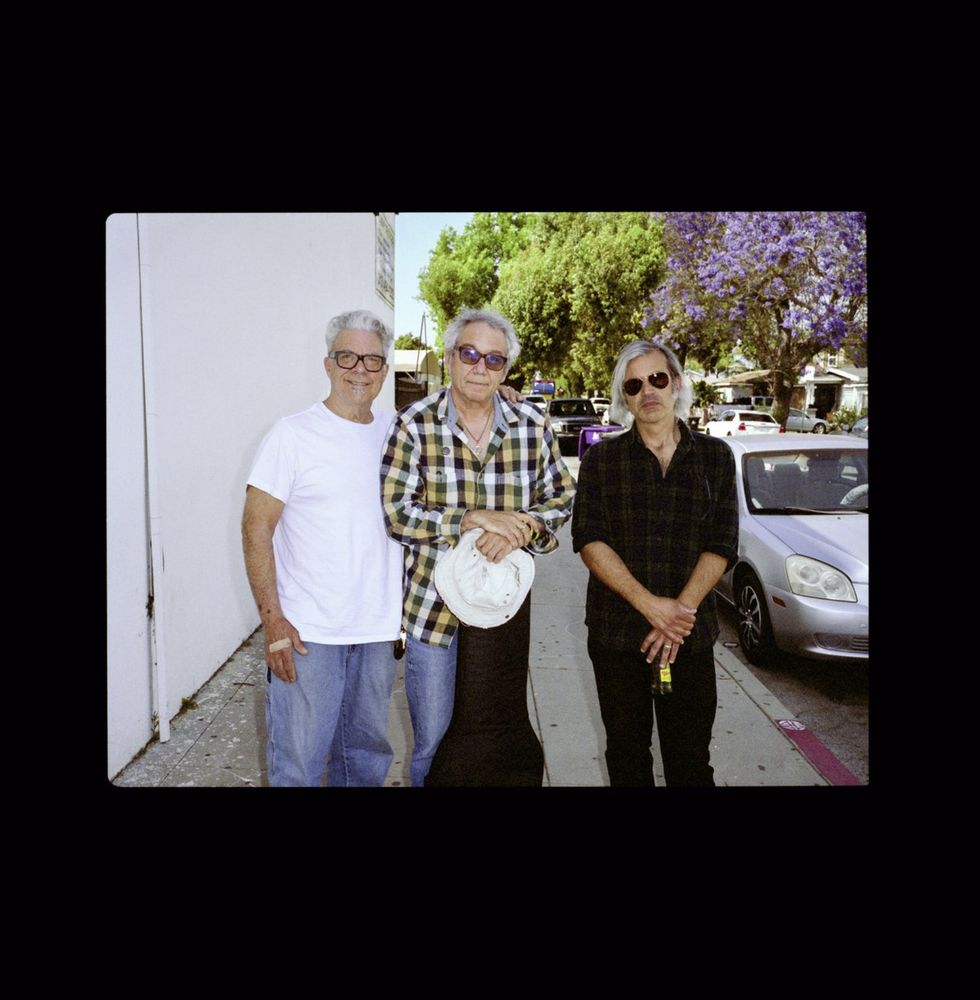
In 2021, I took a deep dive into Mike Baggetta’s music and emerged inspired and charged by his flexibility and range as a player and composer—and, even more so, by his unpredictability and his tonal sensibility. He is an outstanding improviser steeped in jazz, but I think of his playing with mssv as rock—albeit wild-ass rock, with no limits. And mssv is a true underground supergroup, which also includes legendary bassist Mike Watt, of the Minutemen and fIREHOSE, and drummer Stephen Hodges, whose playing with Tom Waits, Mavis Staples, T Bone Burnett, and even David Lynch has made him a legend among the cognoscenti of “thump.” Hearing Baggetta shred and get funky on the title track is a glorious thing, and throughout, he and his comrades create a ferocious blend of the dissonant, the howling, and the mysterious. Check out our soon-to-be-posted Rig Rundown with Baggetta and Watt, from a recent concert at the Blue Room at Nashville’s Third Man Records complex.
Must-hear tracks: “Human Reaction,” “Baby Ghost (from the 1900s),” “Junk Haiku,” and “In This Moment.”
Margo Cooper - Deep Inside the Blues
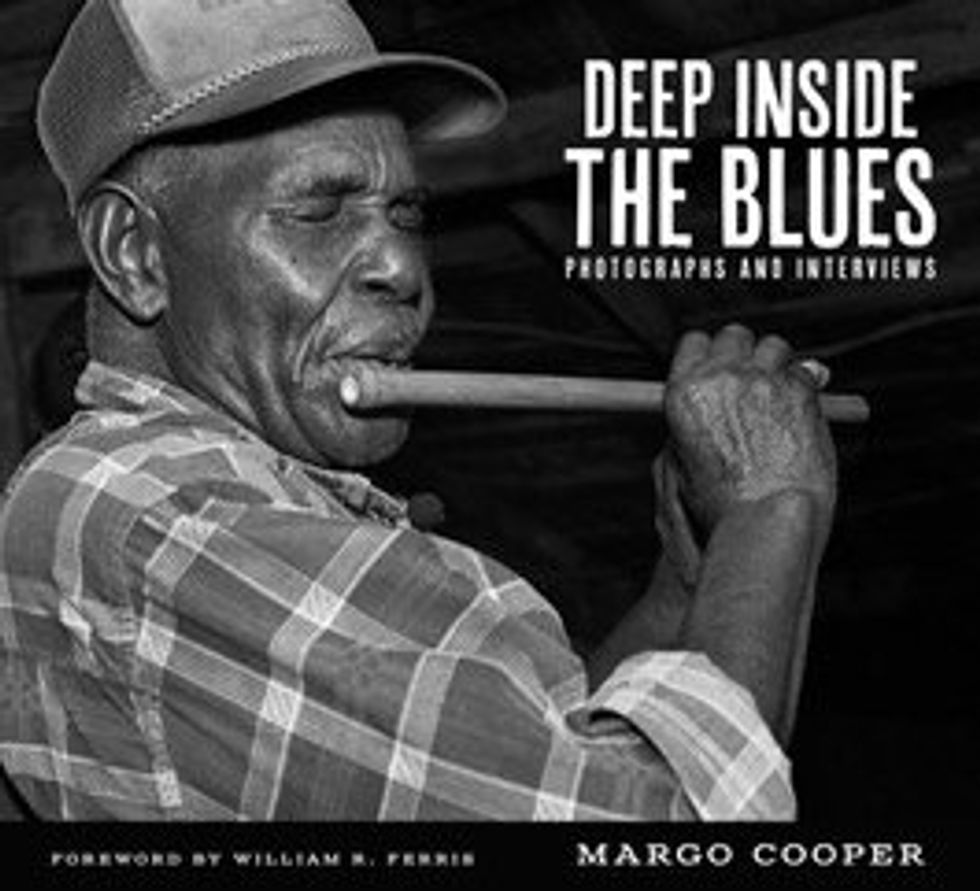
Okay, this is a book, so I’m cheating a little, but any serious fan of post World War II Mississippi blues will want this. Documentary photographer and journalist Margo Cooper has collected 34 of her longform-profile interviews of blues artists—almost all with literal as well as stylistic Magnolia State roots—and 160 gorgeous, richly detailed photographs in this very high quality coffee-table-sized edition. Every artist here was making vital contributions to culture during your lifetime, so there’s no whiff of the musty vault about this work. And many, of course, are still making music and other art of a high order. If you’d like to learn, deeply, about the sounds and lives of Willie “Big Eyes” Smith, Sam Carr, Cedric Burnside, Little Joe Ayers, Jimmy “Duck” Holmes, Luther “Guitar Junior” Johnson, Eden Brent, T-Model Ford, Robert “Bilbo” Walker, Super Chikan, and more—and increase your knowledge and appreciation of African American and blues culture—this is the place.
2024 Wish List
Please, Tom Waits … please make another album so this wish doesn't have to top my most-anticipated list every year! Otherwise, I sure wanna hear Sleater-Kinney’s Little Rope, Chelsea Wolf’s She Reaches Out to She Reaches Out to She, the Bevis Frond’s Focus on Nature, the Jesus and Mary Chain’s Glasgow Eyes, and the new ones from the Messthetics and Adrianne Lenker.
Jason Shadrick - Associate Editor

Dave Barnes - Featherbrained Wealth Motel
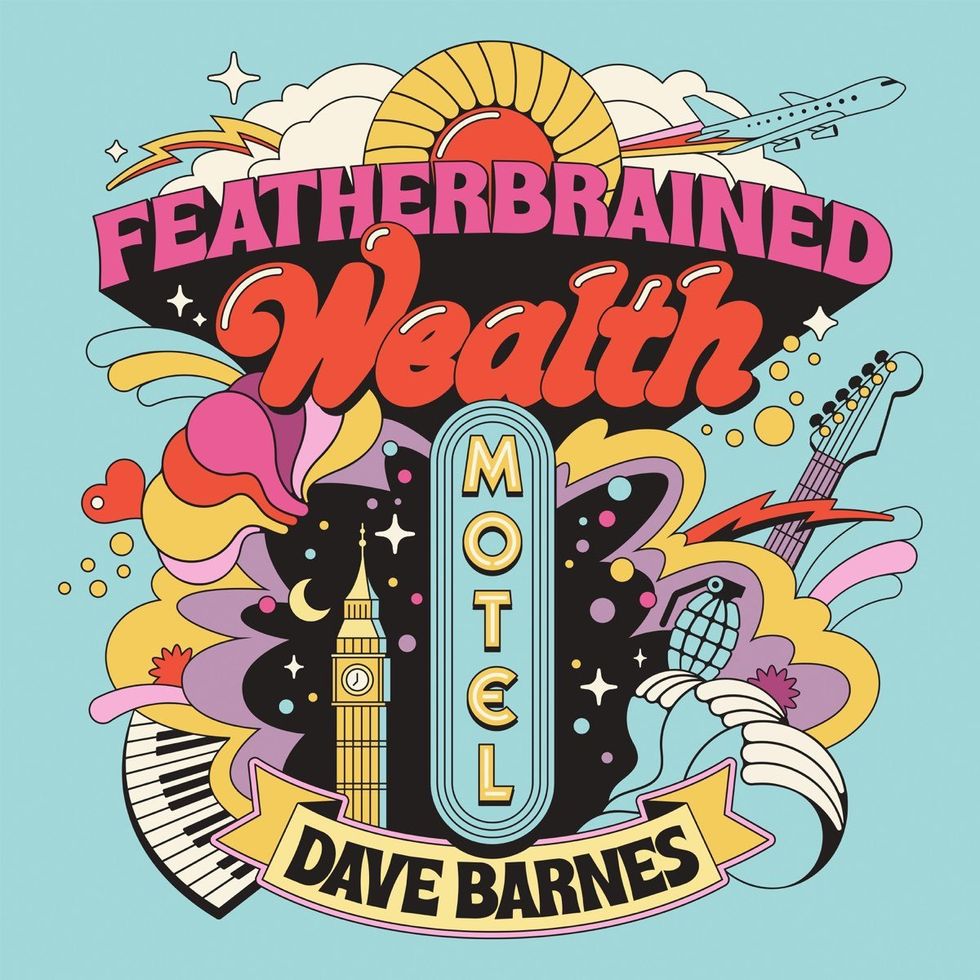
I always find it rewarding to be able to listen to an album and pick out elements that I know came from other artists I love. It’s full-circle listening. Dave Barnes took an entire year off of listening to music not made by the Beatles and created an album that is rooted in his pop-folk style, but retains a Liverpudlian heart. The layered production is a sonic puzzle that is begging to be unwrapped. Admittedly, there aren’t many 6-string pyrotechnics on display, but the sheer mastery of songcraft can open your ears to the fact that blazing, warp-speed pentatonics are sometimes the furthest thing from what a song needs.
Must-hear tracks: “The Girl with the Weight of the World on Her Shoulders,” “Miss Deconstruction”
Noel Gallagher’s High Flying Birds - Council Skies

Another year spent waiting for the (inevitable?) Oasis reunion. As a kid that grew up learning guitar in the mid ’90s, I admired how Noel Gallagher crafted simple riffs that moved stadiums full of people. Council Skies is likely Noel’s best work as a solo artist, with well-crafted guitar parts that are more memorable than impressive—which is a good thing. “Pretty Boy” is an anthemic show starter and “Open the Door, See What You Find” is an incredible ode to Abbey Road-era Beatles arrangements. Maybe I’m going through a middle-age Beatles renaissance myself, but I think this collection of tunes balances incredible songwriting with a sense of melodicism that even the greats rarely encounter. Still waiting for the brothers Gallagher to rock again.
Must-hear tracks: “Pretty Boy,” “Easy Now”
John Scofield - Uncle John’s Band
He finally used the most appropriate jam band pun possible, and I’m glad he waited. Ever since his collaboration with Medeski, Martin & Wood, Scofield has flirted around the edges of the jam band world. Although the title of this album might lead you to believe that he’s gone full Garcia, this collection of originals and expertly chosen covers demonstrates that some guitarists just thrive in a trio setting. The freedom that rips through “TV Band” and “The Girlfriend Chord” is classic Sco’: tone that just breaks up enough combined with propelling lines that skirt through the changes. Another mention needs to go to his longtime timekeeper, Bill Stewart, who keeps the time pulsing without ever getting in the way. And the lone Grateful Dead cover does make me wish for an entire Dead album from Scofield. Maybe just an EP?
Must-hear tracks: “Uncle John’s Band,” “TV Band,” “The Girlfriend Chord”
2024 Wish List
An Oasis reunion. A new Fleet Foxes album. A live Julian Lage album. More albums with tube amps.
Nick Millevoi - Senior Editor

Mighty Glad – Self-titled
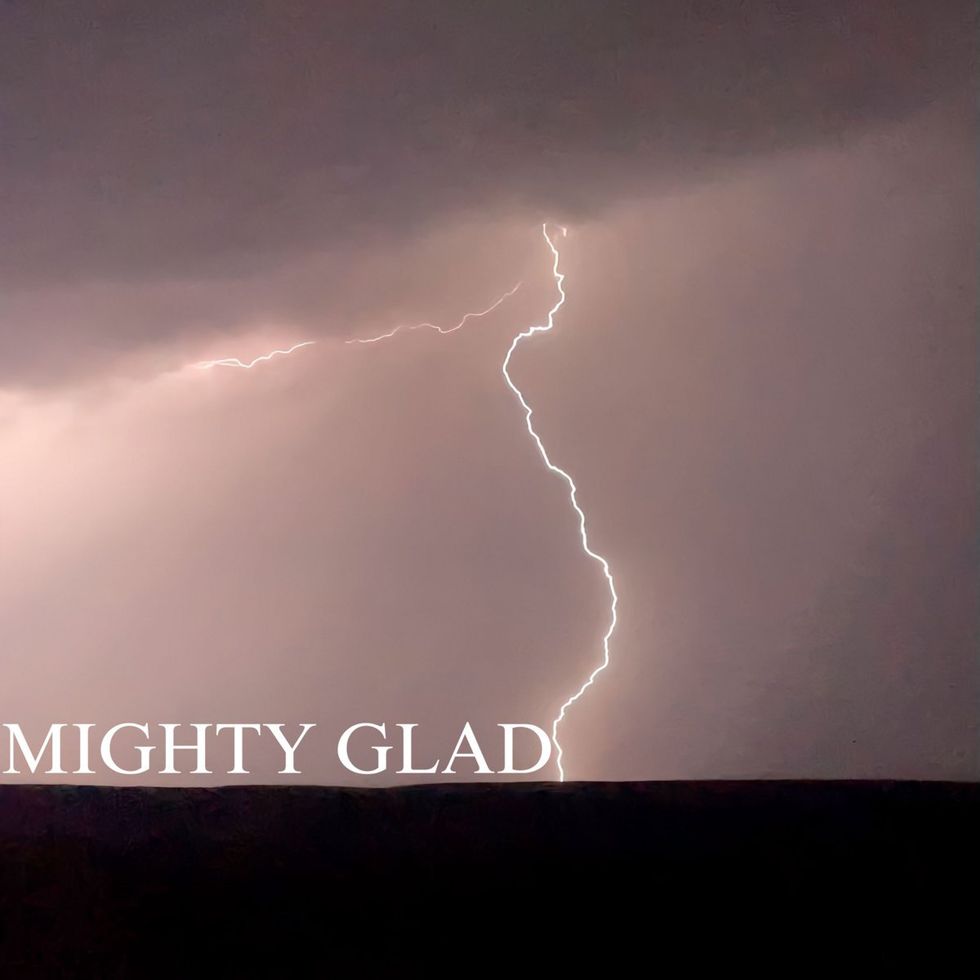
Mighty Glad was formed out of the collaboration between pedal-steel/guitar conjurer Rocco DeLuca and vocalist/organist Johnny Shepherd, both of whom were central characters on Daniel Lanois’ 2021 space-dub-gospel record, Heavy Sun. That album remains one of my favorites of this decade, and I’ve been seeing Instagram clips of this new ensemble in the time since. Now on record, Mighty Glad lives up to my hopes. At its most essential, Mighty Glad is a soulful, dramatic vocal record with patient, nuanced, and delicate instrumental support. On these mostly slow, dynamic songs, it can feel as though the ensemble is fine-tuned to some deep psychic wavelength, making every note feel essential. Mighty Glad demands repeated listening and consideration to fully absorb its lessons, of which I’m sure there will be more for me to glean for quite some time.
Must-hear tracks: “All the Way,” “I’ll Keep the Light,” “Send Me a Message”
Daniel Villarreal – Lados B
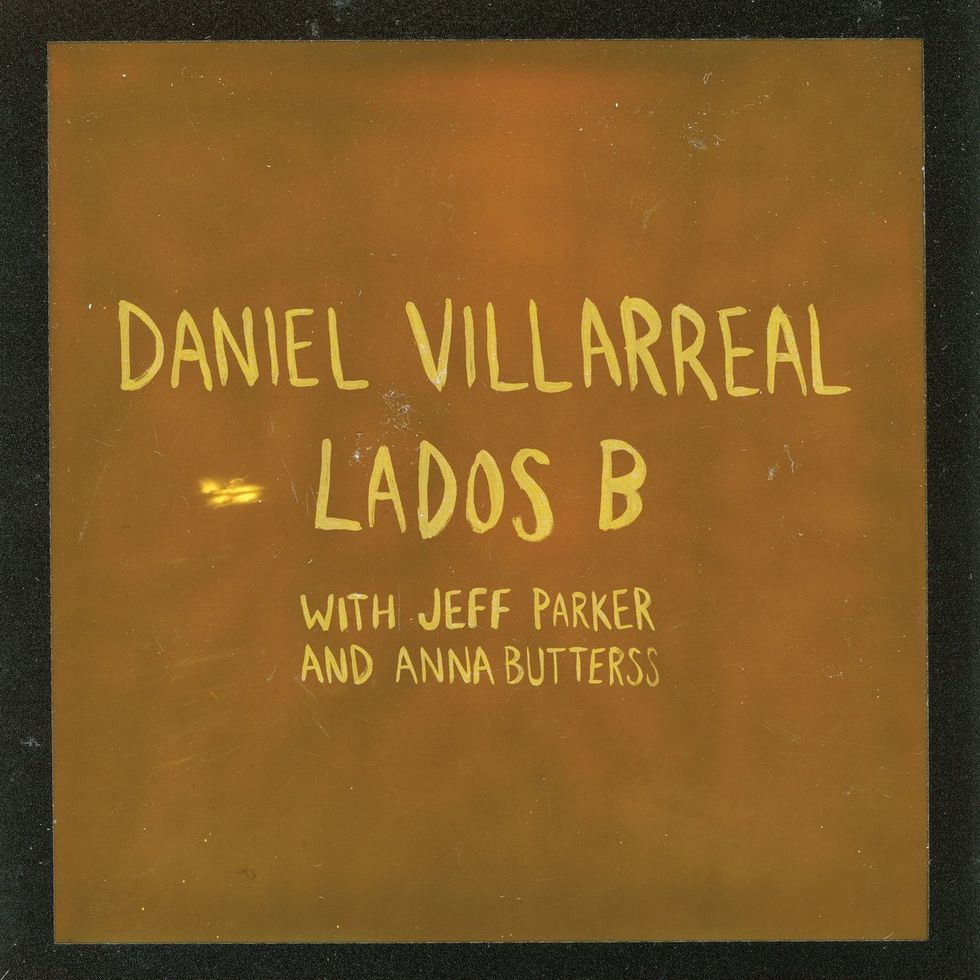
At the height of the pandemic, drummer/percussionist Daniel Villarreal gathered guitarist Jeff Parker and bassist Anna Butterss for a two-day outdoor recording session. On Lados B, the trio reflect the fresh air and Los Angeles sunshine with laidback spontaneity on this set of loose, earthy grooves.
The record’s nine tracks point in a lot of directions—toward soul jazz, pan-Latin rhythms, Afrobeat, and more—but ultimately the trio create their own sonic argot. It’s a group record, for sure, but Parker’s playing offers a masterclass in how to take simple lines to unexpected, singular melodic places while staying deep in the pocket. The spry chemistry of these three masterful instrumental personalities and the nice weather combined makes Lados B a standout example of creative funk. Here’s hoping there’s more to come from this trio.
Must-hear tracks: “Traveling With,” “Sunset Cliffs,” “Salute”Florry – The Holey Bible
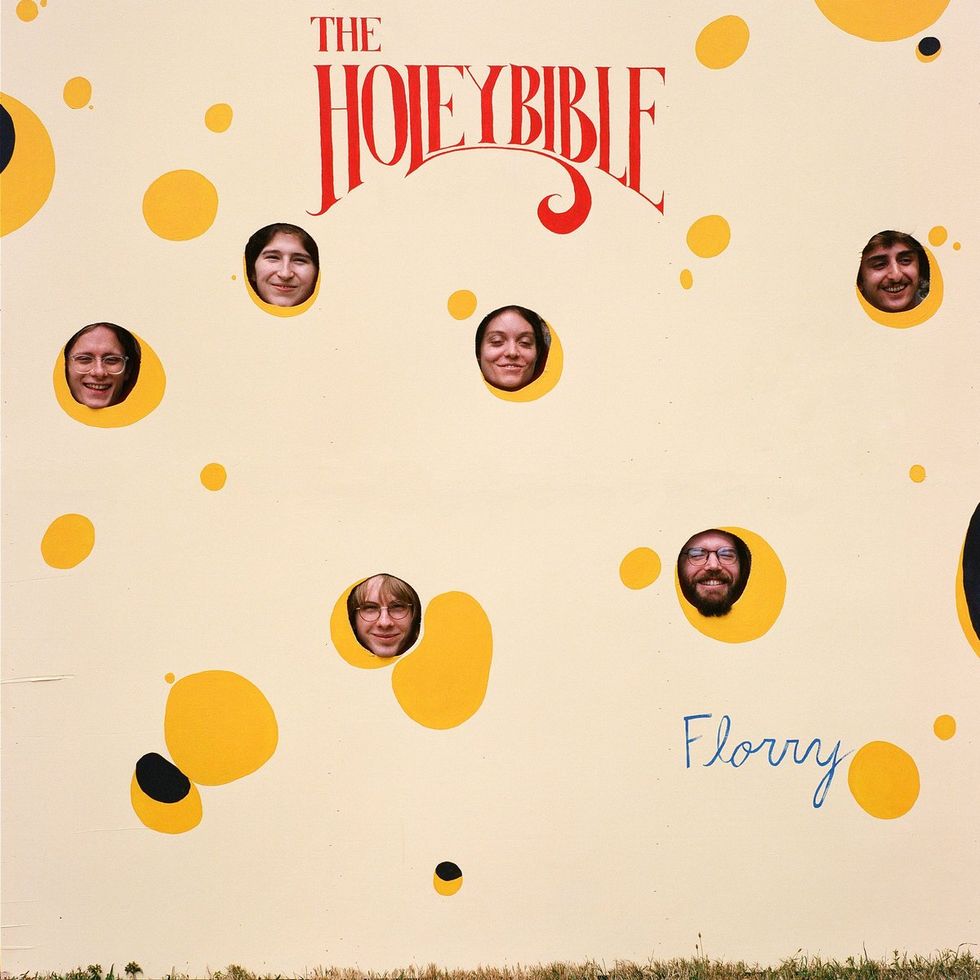
Florry is my favorite rock ’n’ roll band going today. Guitarist and singer/songwriter Francie Medosch’s songs are raw, direct, often witty, and clever. In Florry, she’s assembled a band that includes a front line of pedal steel and fiddle—along with her incisive Tele playing—to deliver her twangy tunes with country-rock flair. But as much as The Holey Bible—or the year’s best-named EP, Sweet Guitar Solos—might draw quick comparisons to a ragged, Stray Gators-era Neil Young, the band is energized by punk-rock abandon. Nothing is calculated. Nothing is overwrought. Nothing is slick. It’s pure vibe. Wearing their gritty Philadelphia-brewed attitudes on their sleeves, Florry throws caution to the wind and simply rocks.
Must-hear tracks: “Drunk and High,” “Take My Heart,” “Cowgirl in a Ditch”
Charles Saufley - Gear Editor

MV & EE - Green Ark
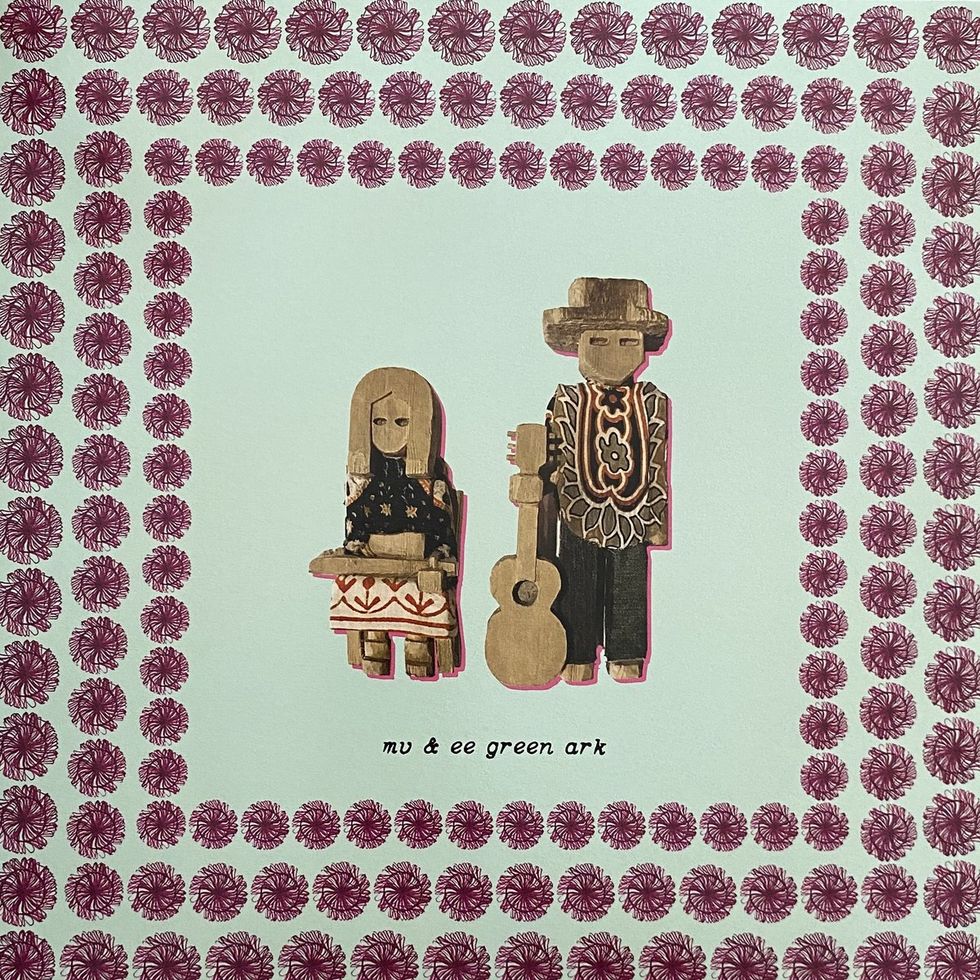
In a year of pop bloat and A.I. barf, I predictably gravitated toward a lot of homebrew jams. The land of DIY needs no royalty, of course. But if I were to nominate two ambassadors, Matt Valentine and Erika Elder would serve as well as any. On their diplomatic visits to distant planets, land masses, and undersea and sky cities, they wouldn’t have to talk much. They could merely play the assemblage (vortex?) of echo, fuzz, electric Indian instruments, wah, synth, and slow-swirl phase of Green Ark while sharing some local hospitality. I’m confident any beings or entities on the receiving end would be impressed with the industrious, resourceful, and cosmic potential of our species and spare us any bother. I suspect fellow humans, too, will find much inspiration in this platter of earthy, spectral barn dub.
Must-hear track: “Livin’ it Up”
PAINT - Loss for Words
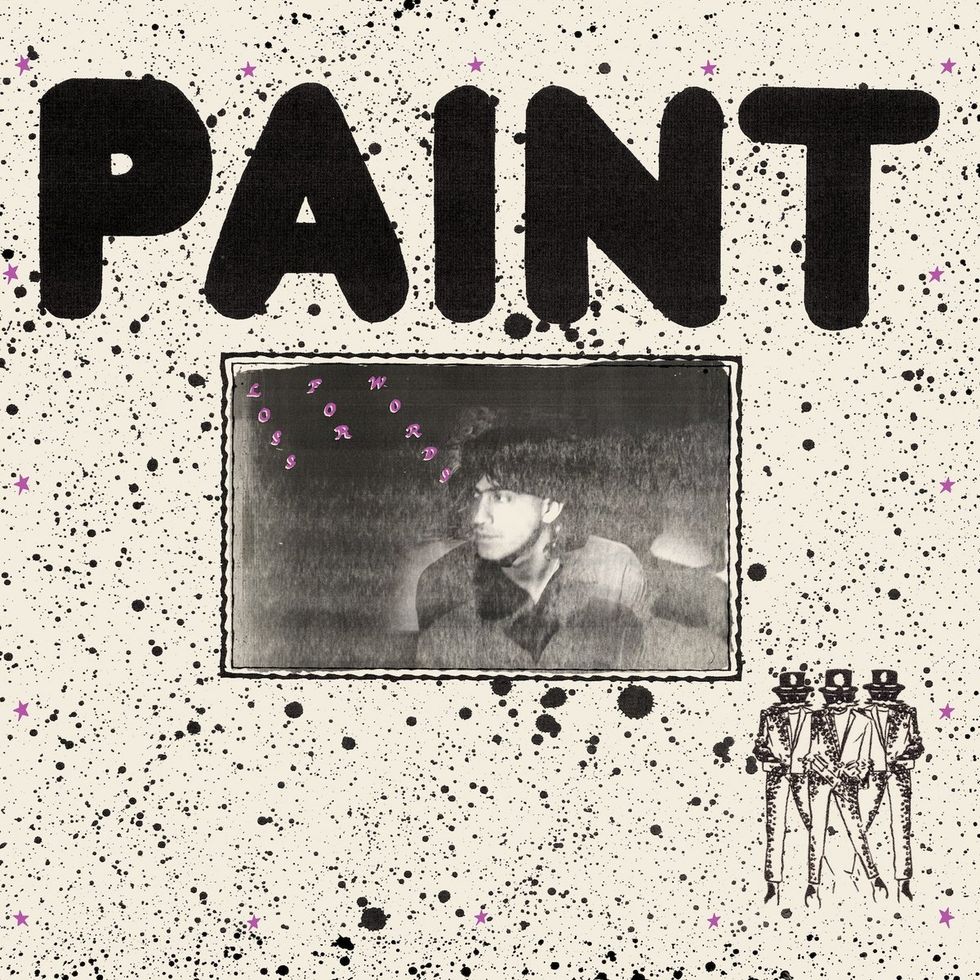
PAINT is Pedrum Siadatian, who is better known as the lead guitarist in L.A.’s Allah-Las. Where the Las are often an elegant, streamlined, party-at-its-champagne-flowing-peak affair, Loss for Words is a fractured, rumpled, foggy, pre-hangover walk home just before dawn—all caught on handheld VHS and stapled together in Godard-on-molasses jump cuts. Though it’s a loosely constructed, largely untethered, and deeply modest record, the tunes here aren’t really chill-out jams. A solitary sort of ill-at-ease mood permeates many of these pieces. Soundtracking a dark, solitary drive down broad, near-empty boulevards with only shuffling deep-night creatures for company, Loss for Words could stand in for a scrambled car-radio scan of the quadruple-post-modern airwaves.
Must-hear tracks: “Paris 2020” “Rousseau’s Lament”
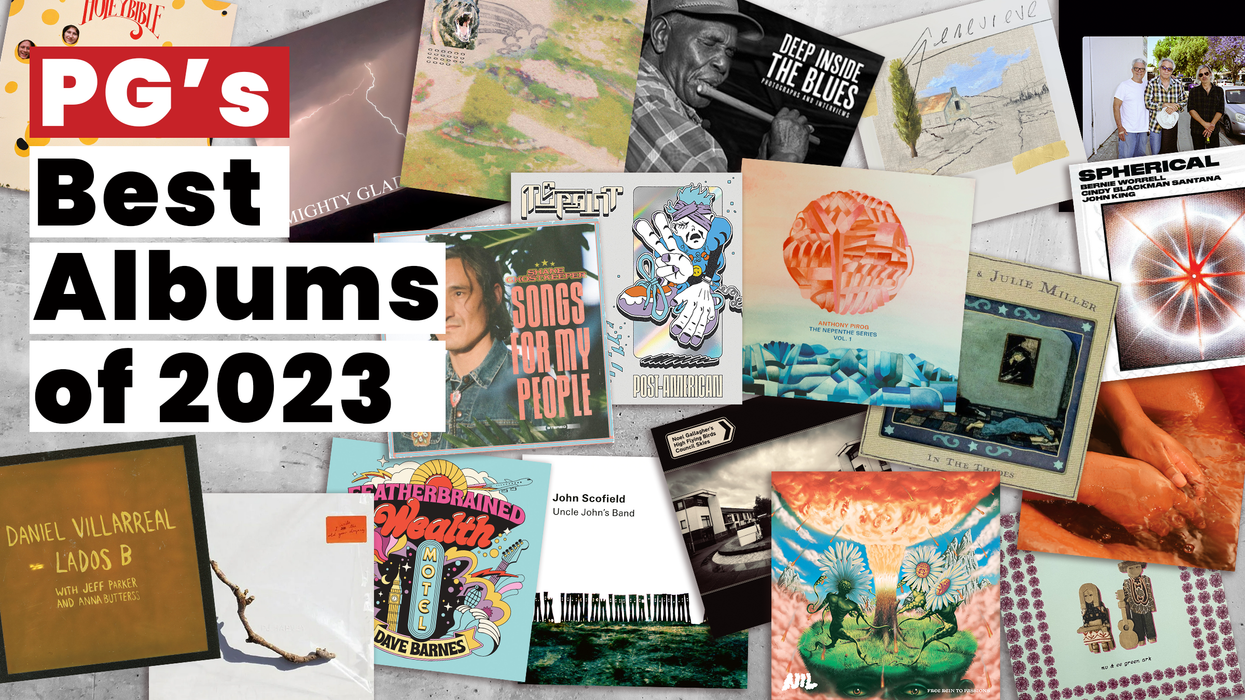
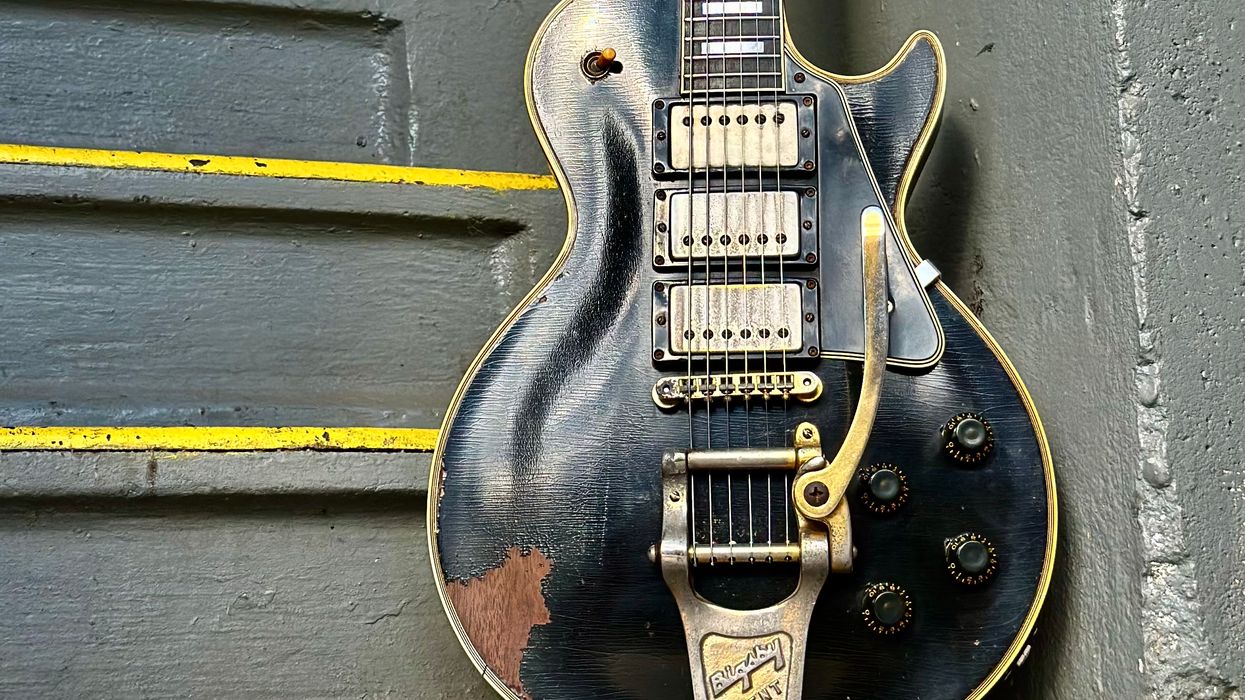
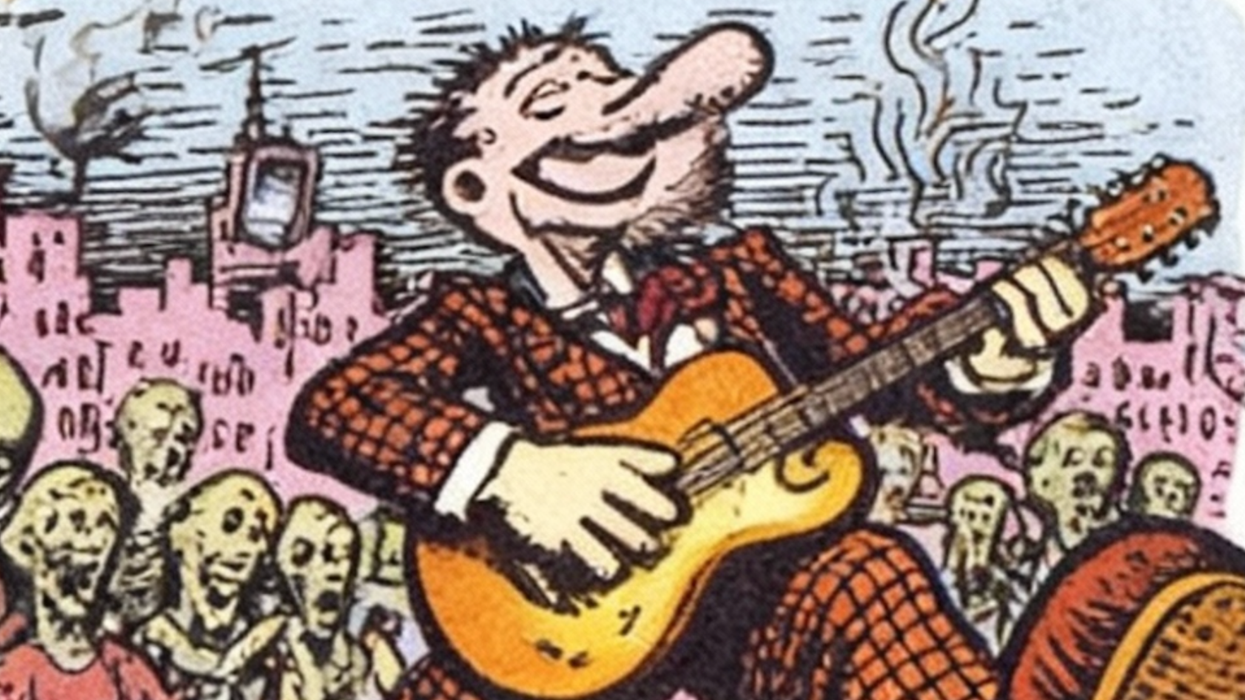

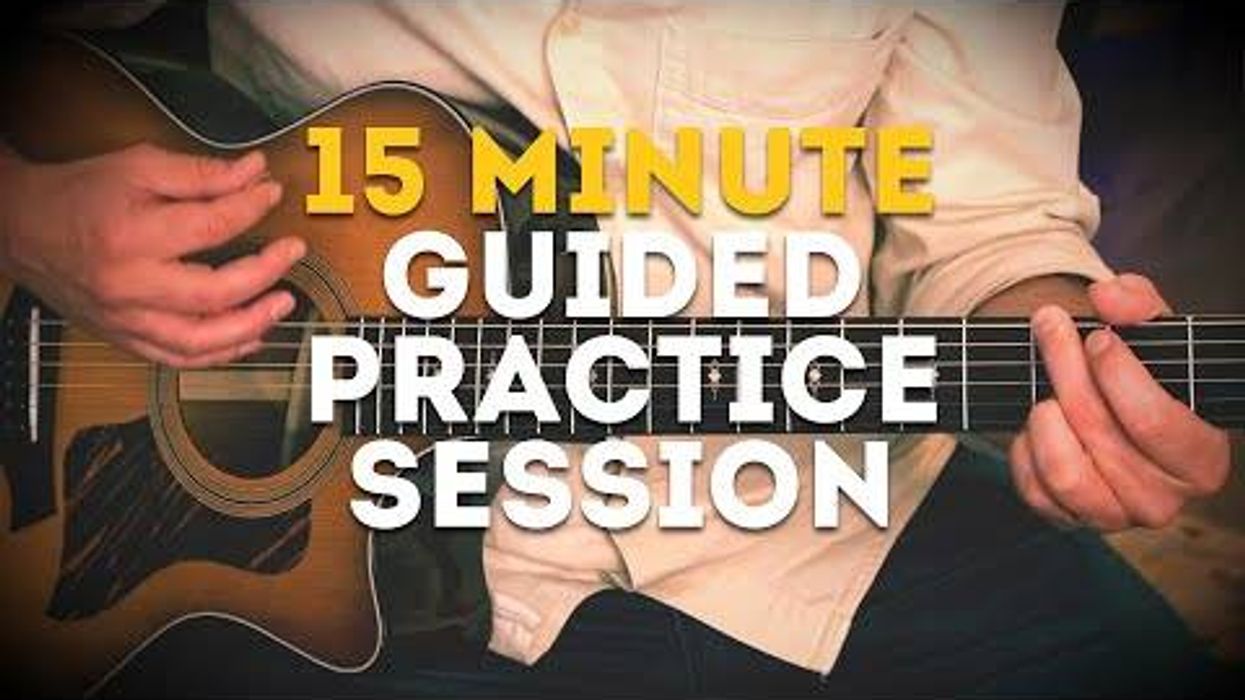



![Devon Eisenbarger [Katy Perry] Rig Rundown](https://www.premierguitar.com/media-library/youtube.jpg?id=61774583&width=1245&height=700&quality=70&coordinates=0%2C0%2C0%2C0)
